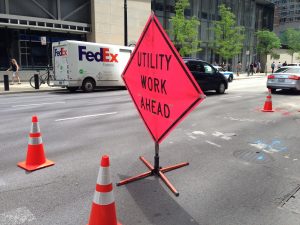Aerial work platforms, such as boom lifts, are critical pieces of construction equipment. While these are necessary for completing most construction projects, they carry inherent dangers and risks of injuries. According to the Center for Construction Research and Training, over 25 construction workers die every year while using this type of equipment. Illinois construction workers who have suffered injuries from this type of equipment should contact an attorney to discuss their rights and remedies.
Aerial lift equipment includes boom lifts, scissor lifts, man lifts, and genie lifts. Research indicates that construction workers tend to experience the highest rate of injuries and fatalities on this equipment, followed by construction laborers and electrical power line installers. Using this equipment can be extraordinarily dangerous, and it is critical that construction companies properly train workers on how to use this machinery. Similarly, equipment manufacturers must ensure that the machinery is free of design and manufacturing defects.n
The most common accidents involving this equipment include electrocutions, falls, aerial tip-overs, crushing, and falling objects. For instance, local news reports described a tragic Chicago accident involving a boom lift collapse. Two workers were using a boom lift to conduct repairs on an office building when the lift broke and fell through a parking garage. Both of the men fell off of the lift, slamming into the ground. One of the workers died from his injuries at the hospital, and the other man remains in the intensive care unit. Structural engineers and the building’s representatives announced that the building and structure are unsafe. The building is closed until authorities determine that residents can reenter safely.
 Chicago Personal Injury Lawyer Blog
Chicago Personal Injury Lawyer Blog


